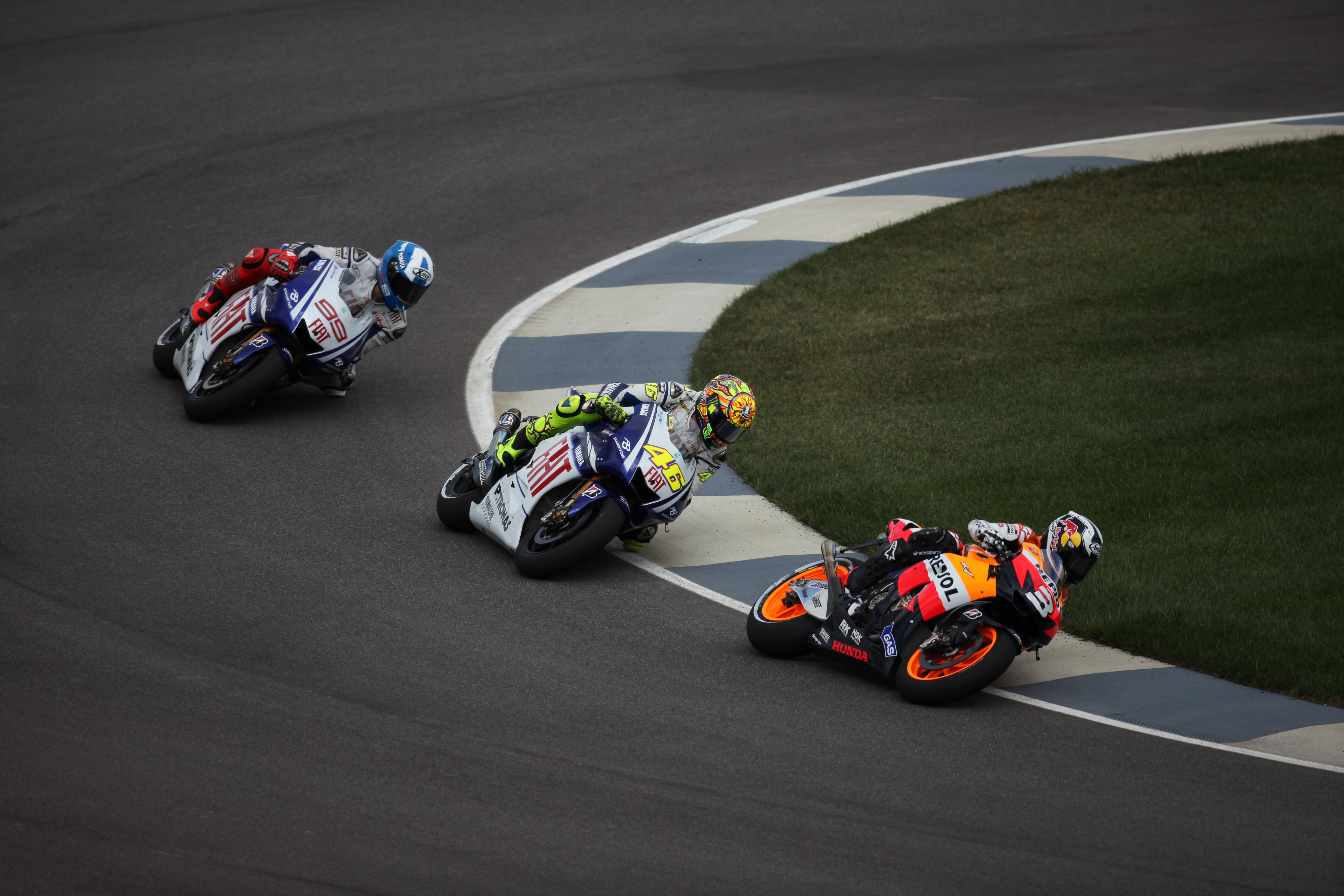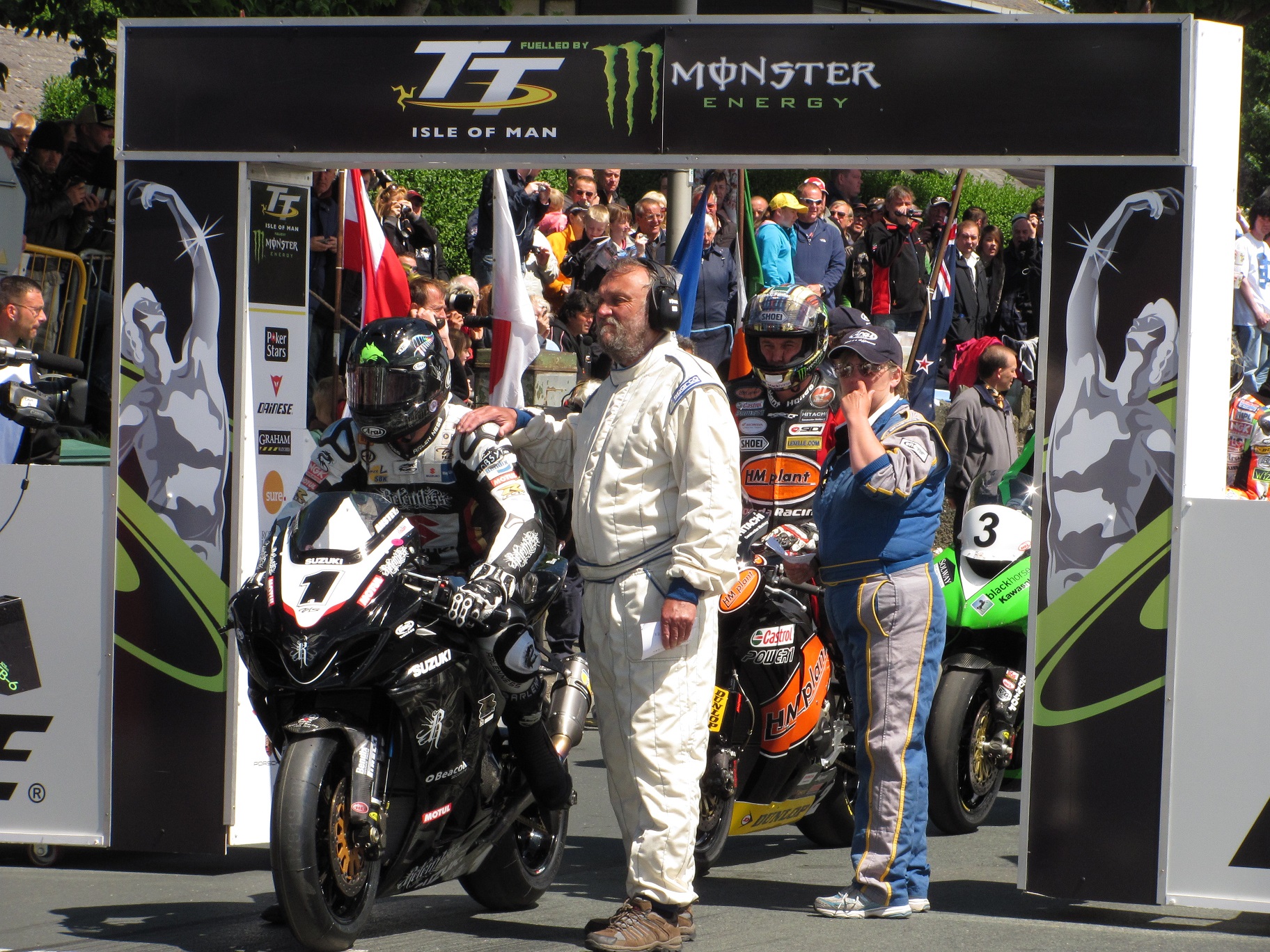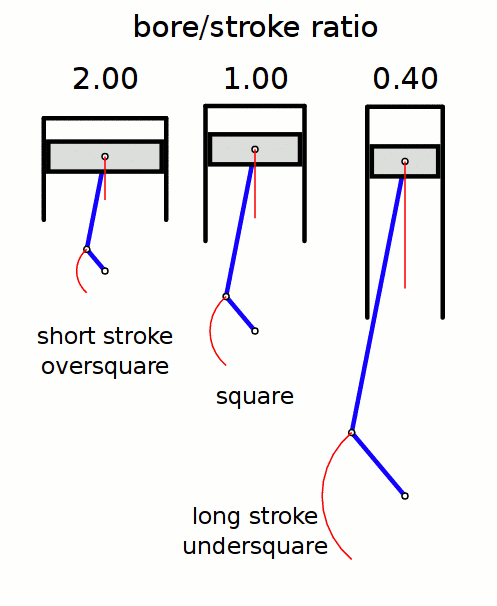|
Yamaha YD1
The Yamaha YD1 was Yamaha's first racing motorcycle, built for participation in the 2nd Asama Highlands Race in 1957. Description The YD1 was equipped with a 247 cc air cooled two-stroke mounted in a double-cradle frame. Two different versions were produced, the YD-A and YD-B with stroke ratio specifications of 54x54mm and 56x50mm respectively. The light weight of the bike made it very formidable in terms of handling and acceleration compared to rival bikes of the era, such as the Honda is a Japanese public multinational conglomerate manufacturer of automobiles, motorcycles, and power equipment, headquartered in Minato, Tokyo, Japan. Honda has been the world's largest motorcycle manufacturer since 1959, reaching a producti ... RC71. In 1957, the YD1 won 1st-3rd place at the 2nd All Japan Autobike Endurance Road Race (Asama Highlands Race). References YD1 Grand Prix motorcycles {{motorcycle-stub ... [...More Info...] [...Related Items...] OR: [Wikipedia] [Google] [Baidu] |
Yamaha Motor Company
is a Japanese multinational manufacturer of motorcycles, marine products such as boats and outboard motors, and other motorized products. The company was established in 1955 upon separation from Yamaha Corporation (however, Yamaha Corporation is still the largest private company shareholder with 9.92%, as of 2019), and is headquartered in Iwata, Shizuoka, Japan. The company conducts development, production and marketing operations through 109 consolidated subsidiaries as of 2012. Led by Genichi Kawakami, the company's founder and first president, Yamaha Motor spun off from musical instrument manufacturer Yamaha Corporation in 1955 and began production of its first product, the YA-1 125cc motorcycle. It was quickly successful and won the 3rd Mount Fuji Ascent Race in its class. The company's products include motorcycles, scooters, motorized bicycles, boats, sail boats, personal water craft, swimming pools, utility boats, fishing boats, outboard motors, 4-wheel ATVs, recreat ... [...More Info...] [...Related Items...] OR: [Wikipedia] [Google] [Baidu] |
Yamaha RD48
The Yamaha RD48 was a two stroke 250cc Grand Prix racing motorcycle. It had two 56x50mm cylinders, disk valves, and an Oldham coupler joining the crank shafts. Weight was 100 kg and power 35PS (34.5 bhp). It was ridden by Tanahara Noguchi and Fumio Ito was a Japanese professional Grand Prix motorcycle racing, Grand Prix motorcycle road racing, road racer. Ito began his Grand Prix career in 1960 Grand Prix motorcycle racing season, 1960, although he was a Factory Yamaha rider as far back as 19 ... in Yamaha's first GP on Sunday, 21 May 1961, the French GP. Along with the 125cc RA41, the RD48 contended at Yamaha's first official entry of the 1961 Isle of Man TT, with team riders Fumio Ito (11th RA41, 6th place, RD48), Yoshikazu Sunako, Osamu Masuko, Taneharu Noguchi (17th place RA41), Hideo Oishi (12th place RA41), New Zealander Peter Pawson and Brit Tony Godfrey. Masuko (Winner of the 1957 250cc Mount Asama Race) crashed in practice and was replaced by Guatemalan Lu ... [...More Info...] [...Related Items...] OR: [Wikipedia] [Google] [Baidu] |
Grand Prix Motorcycle Racing
Grand Prix motorcycle racing is the premier class of motorcycle road racing events held on road circuits sanctioned by the Fédération Internationale de Motocyclisme (FIM). Independent motorcycle racing events have been held since the start of the twentieth century and large national events were often given the title Grand Prix. The foundation of the Fédération Internationale de Motocyclisme as the international governing body for motorcycle sport in 1949 provided the opportunity to coordinate rules and regulations in order that selected events could count towards official World Championships. It is the oldest established motorsport world championship. Grand Prix motorcycles are purpose-built racing machines that are unavailable for purchase by the general public and unable to be ridden legally on public roads. This contrasts with the various production-based categories of racing, such as the Superbike World Championship and the Isle of Man TT Races that feature modified ve ... [...More Info...] [...Related Items...] OR: [Wikipedia] [Google] [Baidu] |
Two-stroke Cycle
A two-stroke (or two-stroke cycle) engine is a type of internal combustion engine that completes a power cycle with two strokes (up and down movements) of the piston during one power cycle, this power cycle being completed in one revolution of the crankshaft. A four-stroke engine requires four strokes of the piston to complete a power cycle during two crankshaft revolutions. In a two-stroke engine, the end of the combustion stroke and the beginning of the compression stroke happen simultaneously, with the intake and exhaust (or scavenging) functions occurring at the same time. Two-stroke engines often have a high power-to-weight ratio, power being available in a narrow range of rotational speeds called the power band. Two-stroke engines have fewer moving parts than four-stroke engines. History The first commercial two-stroke engine involving cylinder compression is attributed to Scottish engineer Dugald Clerk, who patented his design in 1881. However, unlike most later two-st ... [...More Info...] [...Related Items...] OR: [Wikipedia] [Google] [Baidu] |
Racing Motorcycle
Motorcycle racing (also called moto racing and motorbike racing) is the motorcycle sport of racing motorcycles. Major varieties include motorcycle road racing and off-road racing, both either on circuits or open courses, and track racing. Other categories include hill climbs, drag racing and land speed record trials. Categories The FIM classifies motorcycle racing in the following four main categories. Each category has several sub categories. Road racing Road racing is a form of motorcycle racing held on paved road surfaces. The races can be held either on a purpose-built closed circuit or on a street circuit utilizing temporarily closed public roads. Traditional road racing Historically, "road racing" meant a course on closed public roads. This was once commonplace but currently only a few such circuits have survived, mostly in Europe. Races take place on public roads which have been temporarily closed to the public by legal orders from the local legislature. Two c ... [...More Info...] [...Related Items...] OR: [Wikipedia] [Google] [Baidu] |
Air Cooled
Air-cooled engines rely on the circulation of air directly over heat dissipation fins or hot areas of the engine to cool them in order to keep the engine within operating temperatures. In all combustion engines, a great percentage of the heat generated (around 44%) escapes through the exhaust, not through the metal fins of an air-cooled engine (12%). About 8% of the heat energy is transferred to the oil, which although primarily meant for lubrication, also plays a role in heat dissipation via a cooler. ''Air-cooled engines'' are used generally in applications which would not suit liquid cooling, as such modern air-cooled engines are used in motorcycles, general aviation aircraft, lawn mowers, generators, outboard motors, pump sets, saw benches and auxiliary power units. Introduction Most modern internal combustion engines are cooled by a closed circuit carrying liquid coolant through channels in the engine block and cylinder head, where the coolant absorbs heat, to a heat ... [...More Info...] [...Related Items...] OR: [Wikipedia] [Google] [Baidu] |
Stroke Ratio
In a reciprocating piston engine, the stroke ratio, defined by either bore/stroke ratio or stroke/bore ratio, is a term to describe the ratio between cylinder bore diameter and piston stroke length. This can be used for either an internal combustion engine, where the fuel is burned within the cylinders of the engine, or external combustion engine, such as a steam engine, where the combustion of the fuel takes place ''outside'' the working cylinders of the engine. A fairly comprehensive yet understandable study of stroke/bore effects was published in ''Horseless Age'', 1916. Conventions In a piston engine, there are two different ways of describing the ''stroke ratio'' of its cylinders, namely: ''bore/stroke'' ratio, and ''stroke/bore'' ratio. Bore/stroke ratio Bore/stroke is the more commonly used term, with usage in North America, Europe, United Kingdom, Asia, and Australia. The diameter of the cylinder bore is divided by the length of the piston stroke to give the rati ... [...More Info...] [...Related Items...] OR: [Wikipedia] [Google] [Baidu] |
Honda
is a Japanese public multinational conglomerate manufacturer of automobiles, motorcycles, and power equipment, headquartered in Minato, Tokyo, Japan. Honda has been the world's largest motorcycle manufacturer since 1959, reaching a production of 400 million by the end of 2019, as well as the world's largest manufacturer of internal combustion engines measured by volume, producing more than 14 million internal combustion engines each year. Honda became the second-largest Japanese automobile manufacturer in 2001. In 2015, Honda was the eighth largest automobile manufacturer in the world. Honda was the first Japanese automobile manufacturer to release a dedicated luxury brand, Acura, in 1986. Aside from their core automobile and motorcycle businesses, Honda also manufactures garden equipment, marine engines, personal watercraft, power generators, and other products. Since 1986, Honda has been involved with artificial intelligence/robotics research and released their ASIMO rob ... [...More Info...] [...Related Items...] OR: [Wikipedia] [Google] [Baidu] |
Yamaha Motorcycles
List of motorcycles manufactured by Yamaha Motor Company. First bikes * YA-1 built August 1954, produced January 1955. The first bike manufactured by Yamaha was actually a copy of the German DKW RT 125; it had an air-cooled, two-stroke, single cylinder 125 cc engine *YC-1 (1956) was the second bike manufactured by Yamaha; it was a 175 cc single cylinder two-stroke. * YD-1 (1957) Yamaha began production of its first 250 cc, two-stroke twin, the YD1. *MF-1 (1958) 50 cc, two-stroke, single cylinder, step through street bike *YDS-3 (1964) 246 cc, two-stroke, parallel-twin, it used the world's first oil injection lubrication system in a 2-stroke engine. * DT-1 (1968) Yamaha's first true off-road motorcycle. * XS-1 (1970) Yamaha's first four-stroke engine motorcycle (650 cc twin).http://www.yamaha-motor.com/corporate/historytimeline.aspx , Yamaha website timeline, accessed October 2, 2011 * Yamaha YZ Monocross (1975) First production motocross bike with a ... [...More Info...] [...Related Items...] OR: [Wikipedia] [Google] [Baidu] |







